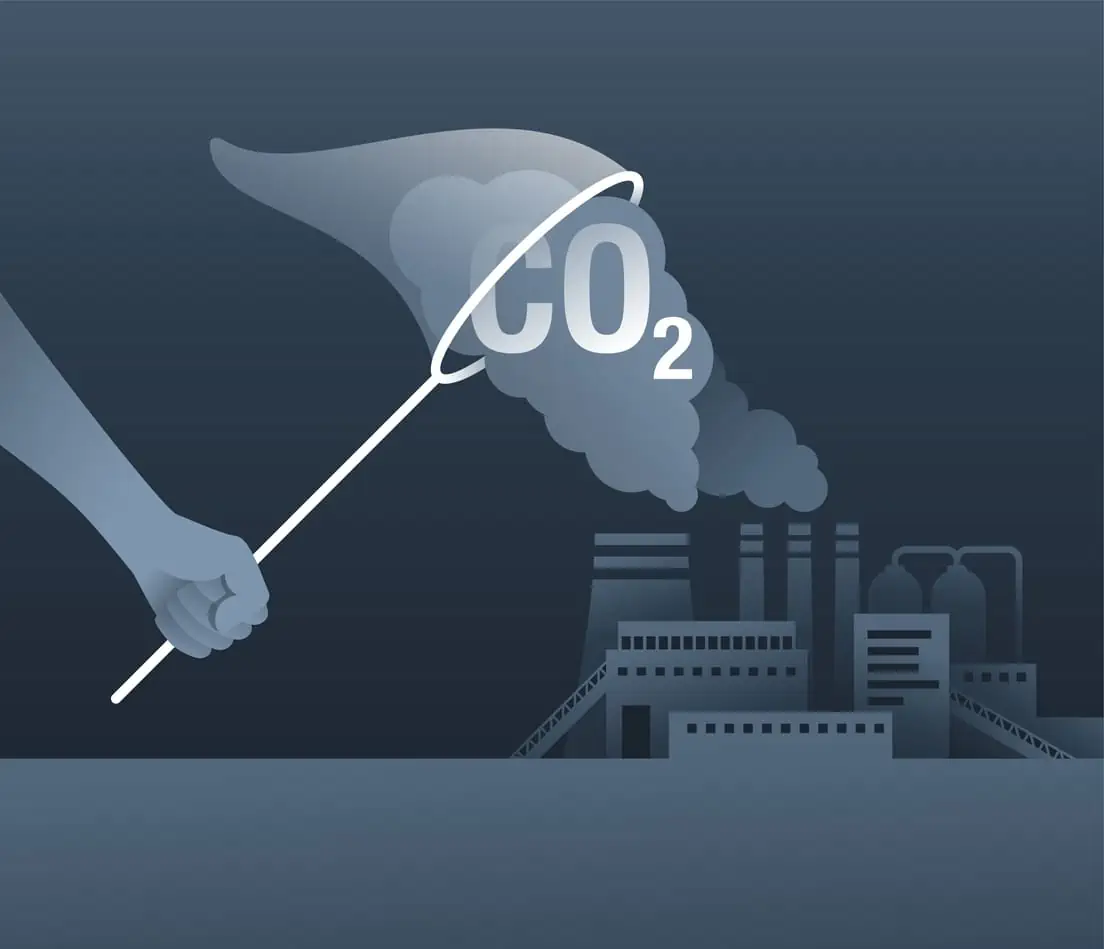
Per WSJ, rising demand for housing is at odds with efforts to reduce greenhouse emissions as the building blocks for construction, concrete and cement, are both extremely polluting. About 7% of carbon emissions today come from cement production, making it one of the highest emitting industries.
About 90% of emissions in portland cement come from producing clinker, the binding agent that holds water, gravel and sand together, that makes up about 3/4 of the final product. Clinker is typically made by heating limestone/clay in a kiln to temperatures >2,700 degrees. About 2/3 of clinker emissions are released by the limestone when heated; the rest comes from burning fuels to create the heat.
That recipe has been used for a long time, but companies are looking to change it. British startup Carbon Re is targeting efficiency gains by optimizing the use of fuel through AI/machine learning. The goal is to reduce fuel waste by using its algorithm to predict the optimal fuel needed for a given fuel source and production target.
Others are looking to change the fuels used. Cemex, a large cement producer, has been working with Swiss company Synhelion to produce clinker using solar energy rather than coal. With this approach, mirrors concentrate sunlight into Synhelion’s solar receiver which is used to heat a kiln to 2,700 degrees to create clinker without fossil fuels. The company aims to produce solar-powered clinker for commercial use by 2030. Synhelion is also looking to add carbon capture to absorb CO2 released by the limestone along with emissions from fossil fuel combustion.
Heidelberg Materials, another large cement producer, is currently building a carbon capture/storage facility at its plant in Norway. It aims to start capturing emissions by the end of 2024 with capacity to absorb ~400,000 tons/year when fully operational. It would be the world’s first large-scale carbon capture site at a cement plant.
Another idea is to do away with traditional materials used to make cement, avoiding the clinker process. Delaware-based Partanna avoids using clinker as a binder, instead relying on natural chemistry. The company uses a mixture of brine from desalination plants and slag from steel production to create a new form of cement. Partanna says this cement is as strong as traditional portland cement and gets stronger if exposed to seawater due to the use of brine as a raw material.
Big ideas can change everything. Bring us your biggest ideas to solve the most challenging/complex problems and we’ll help you test them out virtually to prepare for the real world. There’s a lot of change in the world today – from climate change to supply chains; just in time to real time; and automation to innovation. MOSIMTEC helps companies explore every option by guiding them along the simulation modeling and digital twin simulation continuum so business aren’t just ready for change, they embrace it. MOSIMTEC data scientists and industrial engineers can help you future-proof your business.
#innovation #climatechange #steel #simulation modeling #futureproofyourbusiness